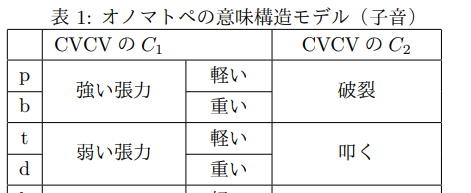As for creating onomatopoeia in general, I don't think there are anything clear enough that can be called rules. On rare occasions when they are made, they are most probably based on existing ones + super fuzzy associations between sounds and actions or objects, in the following sense. They may well be based on the sounds that the onomatopoeia describes, but how they sound (and how they are transcribed) are likely to be affected by existing onomatopoeia.
===
The rest is about つぷり in particular.
For me, つぷり sounds like you are putting something into water which is kind of thick and has honey-like tension on the surface. You don't feel any real push back, but do feel you touch something, then push the finger inside. The following at least partially explains why I understand it that way.
Apparently there is research on what I called association above. The following table is from this article.

つぷ has t as C1 and p as C2, so following this table, it describes something with weak tension (弱い張力) is breaking/bursting (破裂).
Of course, it is not that we think in terms of these individual sounds, but the above 'bursting of something with weak tension' is not too far from the impression I get to see つぷり.
つぷり may not be completely new, as naruto says, but is not very common either. Still we see how it sounds because of the kind of associations given above, and existing onomatopoeia: ちゃぷ(putting slowly something into water), ぽちゃ(dropping something in water), どぼん(dropping with splash). Note all have t,d and b,p sounds like many others related to water.
Another thing regarding why つ (instead of other タ行 character): An onomatopoeia used for moving the tip of your finger along some surface (like swiping on iPad) is つー(っ).

